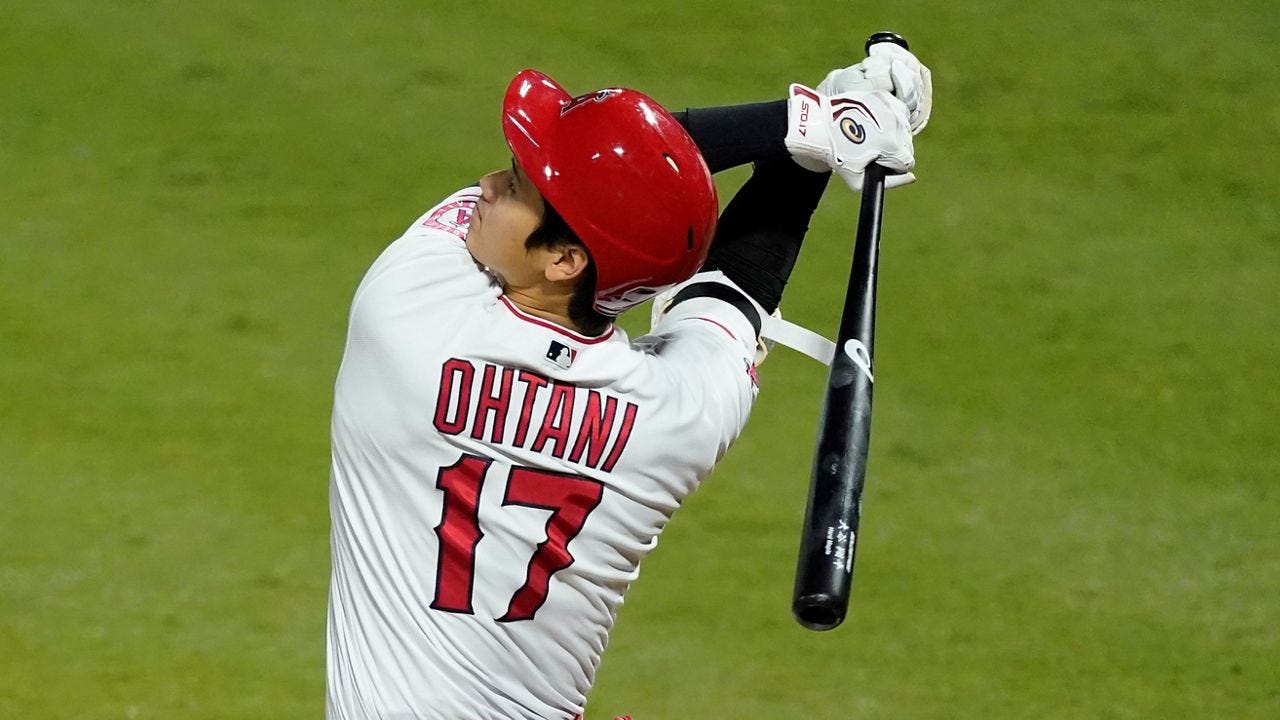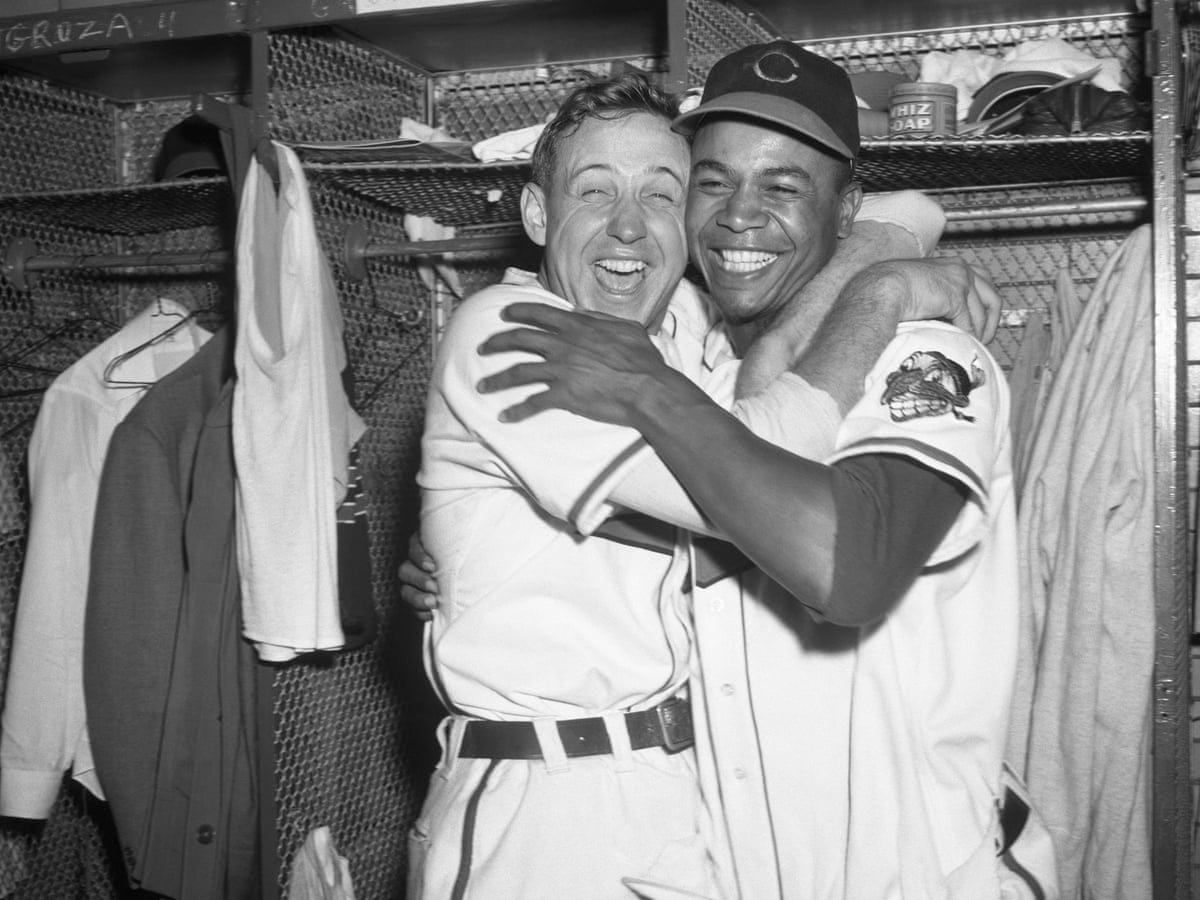Last week, Stephen A. Smith said a dumb thing.
This, in and of itself, is not particularly newsworthy; ESPN’s top-paid personality has made a lucrative career out of going on television and saying dumb things that feed a news cycle’s worth of outrage. I do not believe that Smith himself is dumb; this would be both letting him off the hook for the callous things he says, and underestimating the careful intentionality behind them. He is good at what he does, even if what he does is bad.
The object of this latest Dumb Thing was someone else who is very, very good at what he does: Los Angeles Angels star Shohei Ohtani, who has rocketed from “intriguing figure” to “the center of gravity in Major League Baseball” over the course of a highlight-laden half-season that has seen him lead the league (officially) in home runs and (unofficially) in batted balls that sound like a dump truck knocking a bridge off its moorings. Ohtani was elected to last week’s All-Star Game as both a pitcher and a hitter, something that’s never been done in a sport that’s been around long enough for pretty much everything to have been done. He hits dingers, blazes fastballs, and looks like he’s having an absolutely fantastic time doing it all, a joyous presence that hasn’t been felt in the game since perhaps Ken Griffey Jr.’s debut three decades prior.
I’m not going to dedicate my entire word count today to decrying what Smith said—that it’s supposedly bad for Major League Baseball if the “face of the game” is someone who speaks English using an interpreter—because it’s so obviously a shitty, trolling, racist opinion that to parse it too thoroughly would be to treat it as a serious conversation, which it’s not. Smith wanted a reaction, and he got one, even if he was forced to apologize after the fact.
Whether you like it or not (I happen to like it quite a bit): in this particular moment, Ohtani is absolutely a key face of the the game, and that’s the face of a guy who hits 500-foot home runs off a comically-violent swing that at once appears mechanically flawed and absolutely perfect, an open-hip slashing uppercut that makes you wonder if we’ve been swinging bats wrong for a century and a half.
Baseball has always had trouble deciding what face it wants to show, though.
It would be hard to argue convincingly that baseball is still “the national pastime”, a moniker it earned back when teams traveled by train and box scores were reported back via telegraph, but it still holds an important place in the American psyche, owing largely to the sheer vastness of the season. If it’s not the national pastime, then it’s the national metronome, the background beat of summer. Its absence for much of last year—followed by its weird, stilted, empty-ballpark return in late summer—only served to reinforce the very-true sense that nothing was okay, and its cautious return this summer—though not without hiccups—feels like an old friend coming home.
The game is big, the schedules long, the rosters large. By its very nature, baseball can’t be dominated by one outstanding player the way a Michael Jordan or LeBron James or Giannis Antetokounmpo can take over a basketball game; just ask Steve Carlton, who posted one of the greatest statistical seasons in MLB history in 1972 on a team that finished with 59 wins. Or, heck, ask Ohtani’s otherworldly teammate, Mike Trout, who’s been one of the best players in the game for most of the last decade and hasn’t sniffed a single playoff win yet.
Baseball can’t be dominated by players, so it needs stories to survive. Those long, languid games stretch out across summer afternoons like a dog in the sun, and leave ample time for talk, whether that’s Vin Scully spinning a yarn or Thom Brennaman explaining his own imminent firing. In between each pitch, there’s space to build legends, to talk about how the game is played and where we think it’s going.
I recently finished reading Luke Epplin’s excellent book Our Team: The Epic Story of Four Men and the World Series That Changed Baseball, which chronicles the 1948 Cleveland Indians’ run to a World Series title, their last championship. The face of that team—and the game at large—going into the season was Cleveland’s longtime star pitcher Bob Feller, a milk-drinking, hard-throwing country boy from Iowa who’d debuted as a fresh-faced teenager, gone off to war and returned a hero, and by 1948 had burnished that image into a small business empire, one of the first professional athletes to successfully market themselves off the field.
Feller was a key cog in Cleveland’s push toward the pennant that year, but he wasn’t the dominant force he’d once been; lucrative offseason barnstorming tours had taken a toll on his arm, and his statistics sagged noticeably. Key to the team’s success, then, were two new faces, recently brought in from the Negro Leagues: outfielder Larry Doby, the first Black player in the American League, and soon thereafter pitcher Satchel Paige, a veteran whose major league career likely would’ve rivaled Feller’s if he’d been permitted to play in his prime.
There’s a famous image that stands out from this season, from Game Four of the World Series against the Boston Braves. Cleveland had won the game narrowly; pitcher Steve Gromek pitched well where Feller had not, and the winning margin was delivered in the form of a third-inning solo home run by Doby, who all season had faced intense abuse from fans and often cold indifference from his own teammates.
None of that is clear in the photo, taken in the clubhouse after the game. Doby and Gromek embrace, cheek-to-cheek, both grinning widely as they moved within one win of the elusive title. It ran on the front page of newspapers across the country, and was a stunning image for its time—integration in a real way, two men, white and Black, sharing a happy moment together, a visual rarely seen in those days.
Of course, there’s one more face in the photo, one that’s usually ignored in discussions of its historical importance. Sewn onto Doby’s left shoulder, there’s Cleveland’s logo at the time—an early version of the grotesquely grinning “Chief Wahoo” character that was featured on the team’s uniforms from 1947 until 2018.
It’s a logo that I—born in Cleveland and a fan of the team my whole life—once associated with happy memories of my favorite team but have long since turned on, realizing the hurt and pain it has caused for the people it caricaturizes. It was a relief when the franchise finally agreed to step away from the logo’s use—many years later than they should have—and it’ll be an even bigger relief whenever they get around to giving the team a new name like they’ve promised to do. (Any day now, fellas.) Even then, the logo will linger on, on hats and jerseys worn in the stands or at bars, on countless pieces of memorabilia, in old highlight reels and in historic photos like that of Doby and Gromek.
What’s been left out of the discussion that Stephen A. Smith spurred is that baseball almost always shows more than one face. It shows the face of the future—whether that’s Ohtani now, or Griffey Jr. a generation ago, or Doby three generations ago—and the face of the ugly past and present, scowling back at anyone who challenges our notions of who we are and who the game is for.
In that way, it really is our national pastime, because it shows us the face in the mirror.
—Scott Hines (@actioncookbook)





Scott, if this were a column that ran in the Washington Post or the NYT, it would be on your Pulitzer nomination. It’s that good. 🙌👏
Excellent article, probably the best that I've read on this topic.
Let's have fun back in baseball and let us imagine what could be. Burn the "unwritten" rules book. I want to see the stellar bat flips, the stare downs without a threat of 100mph fastball to the head, give me base runners stealing everything including the kitchen sink, let me believe again that my small market team can win it all with a cast of misfits that won't be poached next year by the Yankees. Let's see the pitcher last 7+ innings and pitch 2 days later for another 7 innings. Let the players be unique and celebrate them for it.